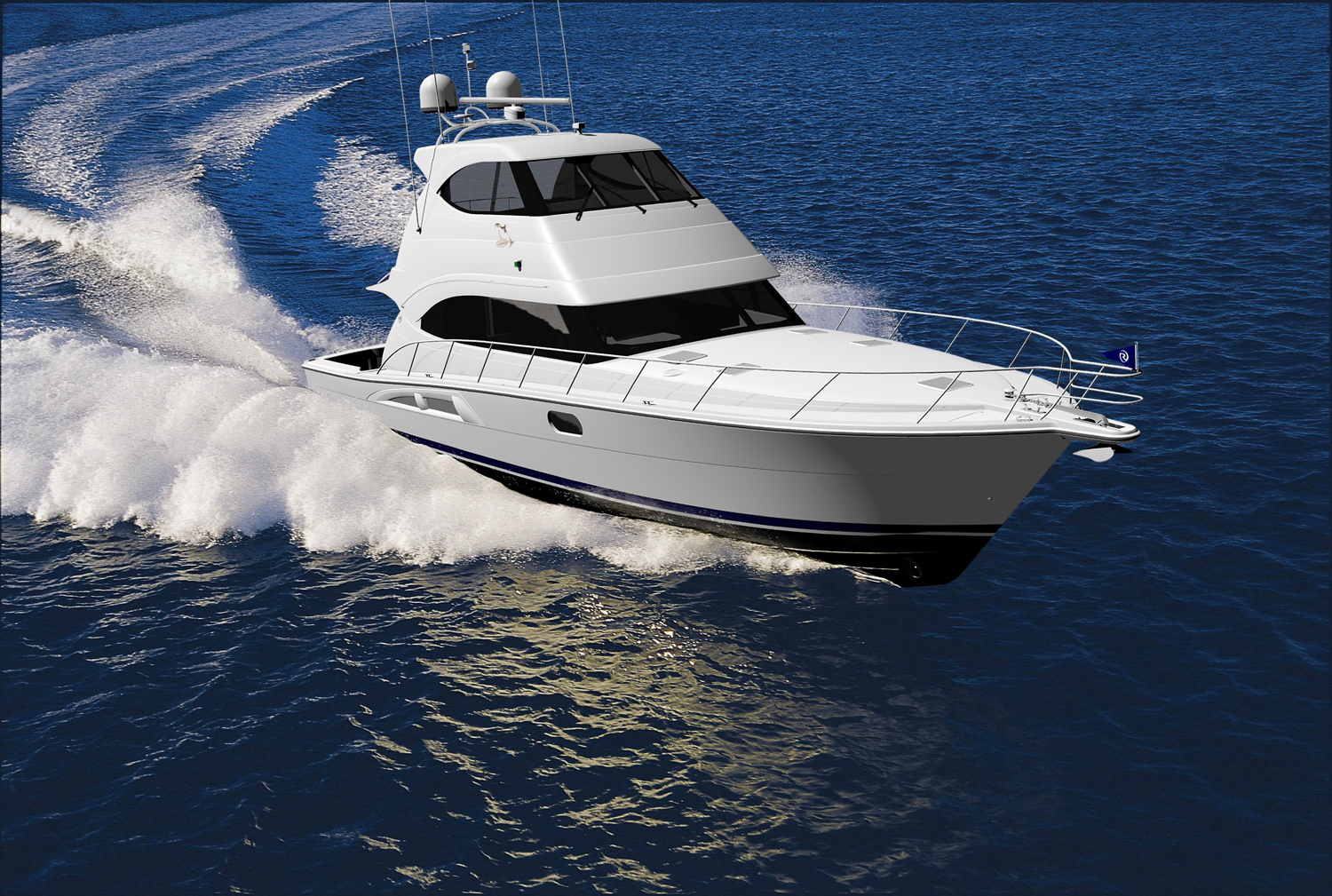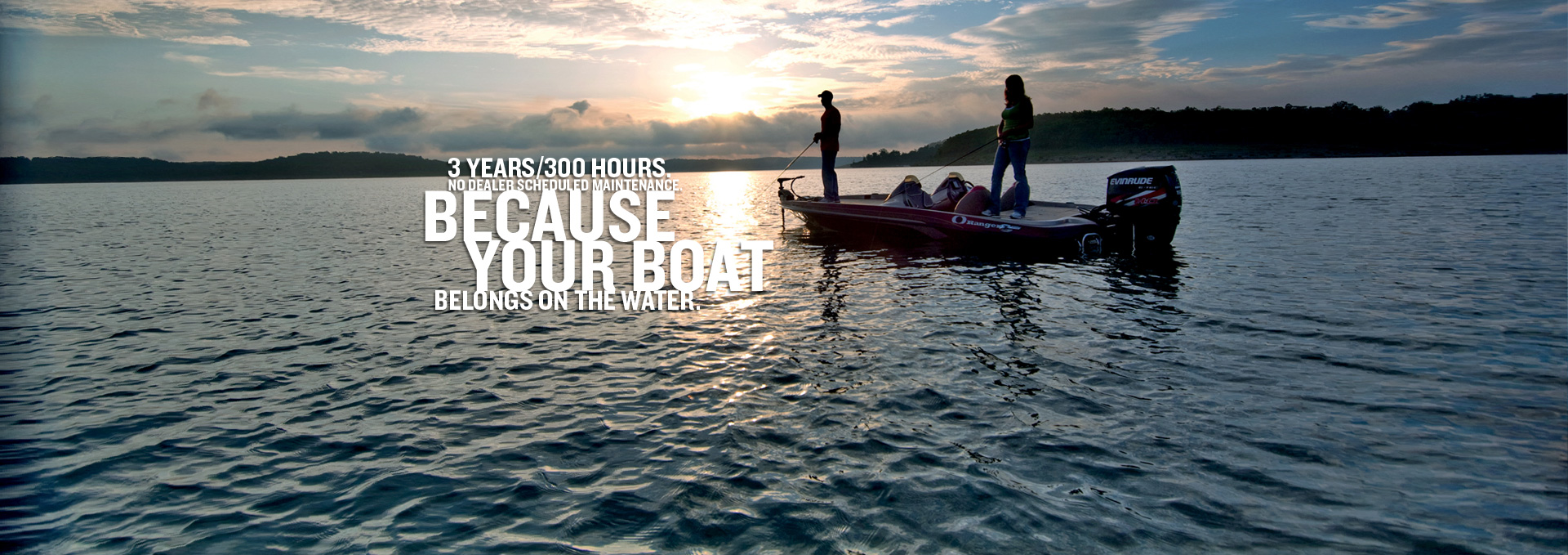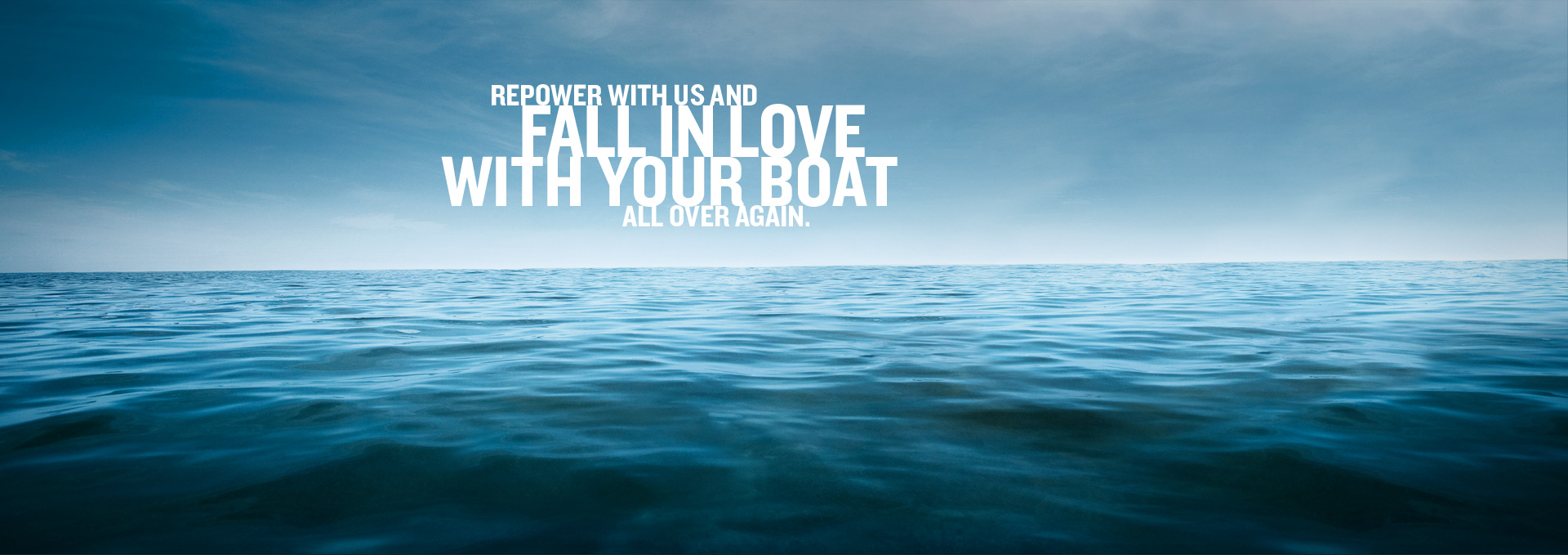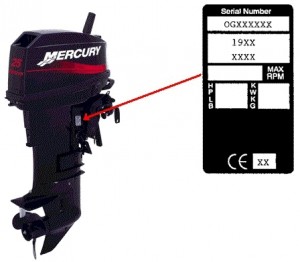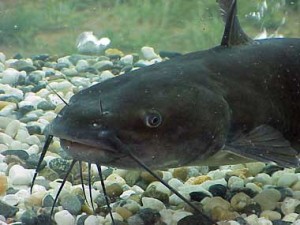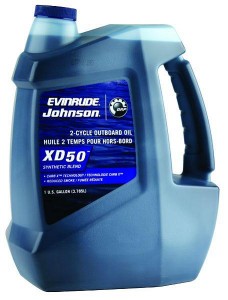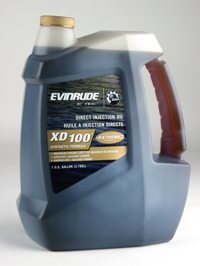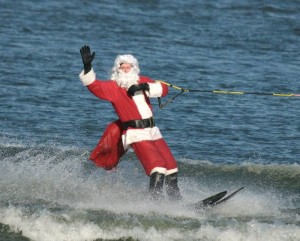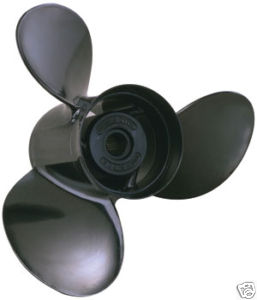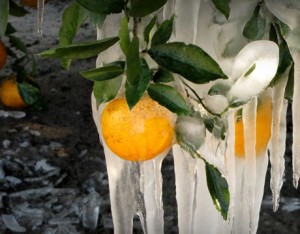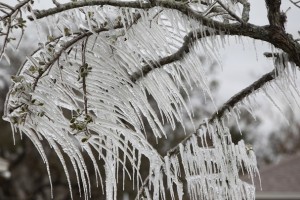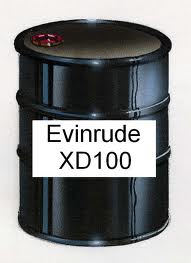Additional Serial Number Information
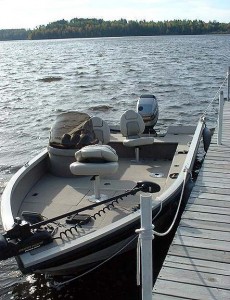 There was some clamoring about the post from yesterday that I didn’t give enough cipher information. Let me back track and explain a bit more about the driveshaft length letters in an Evinrude motor’s serial number. The letter L corresponds to a 17-inch driveshaft, Y to a 19-inch driveshaft, X to a 20-inch driveshaft, and Z to a 22-inch driveshaft.
There was some clamoring about the post from yesterday that I didn’t give enough cipher information. Let me back track and explain a bit more about the driveshaft length letters in an Evinrude motor’s serial number. The letter L corresponds to a 17-inch driveshaft, Y to a 19-inch driveshaft, X to a 20-inch driveshaft, and Z to a 22-inch driveshaft.
To know what year your motor was produced, remember the word “introduces.” The letter I=1, N=2, T=3, R=4, O=5, D=6, U=7, C=8, E=9, and S=0. Therefore if that part of the motor’s serial number says CE, which means the motor was made in 1989. Maybe you can use this information to enlighten your mechanic next time you pick up Johnson outboard oil.


